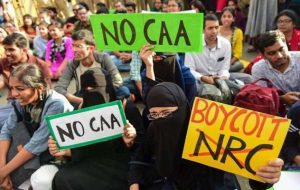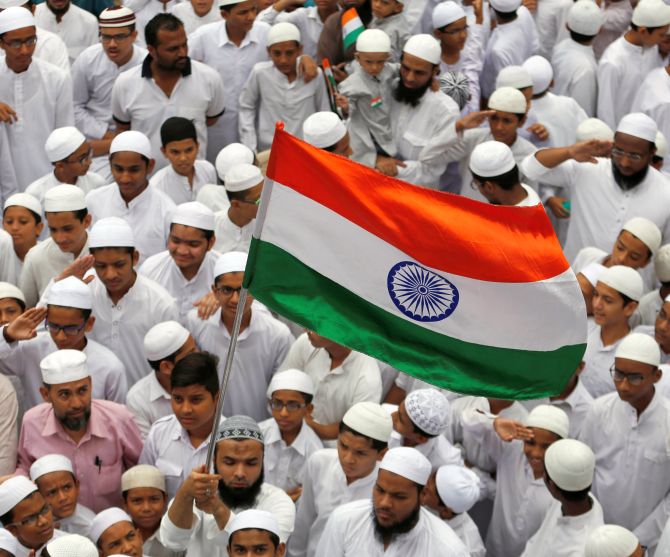SAAD RAZI SHAIKH, Twocircles.net
A few weeks into my first year in university, my Professor dropped an interesting line. The discussion was about post-positivist theories. The professor observed that ‘all of us have multiple identities. We choose to prioritize one.’ When one squares this statement in the context of the Indian society, a simple inference can be drawn. That based on the numerous dividing lines of religion, caste, language, ethnicity and so on, each individual possesses multiple identities. Which one they choose to profess comes down to a number of factors.
Identities are actively shaped by one’s environment, both immediate social relations and the larger forces driving society. It’s not really the individual’s sole call, what part of their identity they chose to prioritize. Movements that draw on an individual’s identity, based on caste or ideology, for example, end up highlighting them and bringing them to the fore. That also helps tie together disparate individuals and bring them under one umbrella.
One needs to understand the CAA in this light. It is an ongoing attempt to create a new national identity, based on the exclusion of Muslims. It is devilishly simple and psychologically effective. In one shrewd stroke, the patter of citizenship has been zeroed down on ‘non-Muslimness.’ Negative identities, what we are not, are easier to support and grasp. By focusing on what we are not, by ascribing shortcomings to the ‘other’, it soothes our hearts. It also creates an easy-to-identify identity, that can be both understood and possibly celebrated.

This not-so-subtle reality is really the crux of why the CAA-NRC is such a core issue to the ruling dispensation. All the eventual logistical nightmares, the legal logjams, the international media criticism, all will be braved by the government because its intention is clear. CAA-NRC was never about finding out who outsiders are. It is about establishing who can be Indian, on what terms, and on whose terms.
Those in power know the fragmentations of Indian society. The mind-boggling diversity is a nuisance to create one single unified vote bank. Based on their language, caste, gender, religion, ethnicity, ideologies, every person in India can be considered to be part of some numerical minority. India is not really an example of majority and minority groups. It’s a jumble of multiple disorganized minorities, each jostling for its own space.
The BJP has been emboldened by its 2019 electoral victory and has wasted no time in the passing of bills that are its pet ideological projects. Each of these bills is really an attempt to mold the Indian national identity around the contours of the Hindutva project. What the BJP doesn’t get that every mobilisation invites counter-mobilisation. Presently, it is the spirited anti-CAA movement across the country, under the guiding umbrella of Constitutional values. For in a society, where everyone belongs to a minority, it is only the Constitution that can secure rights for all. It is the Constitution that binds Indians, as ‘We, the People.’ Junk this crucial bit and the entire structure collapses. It must be saved, as much for India as for the minorities that make it.

